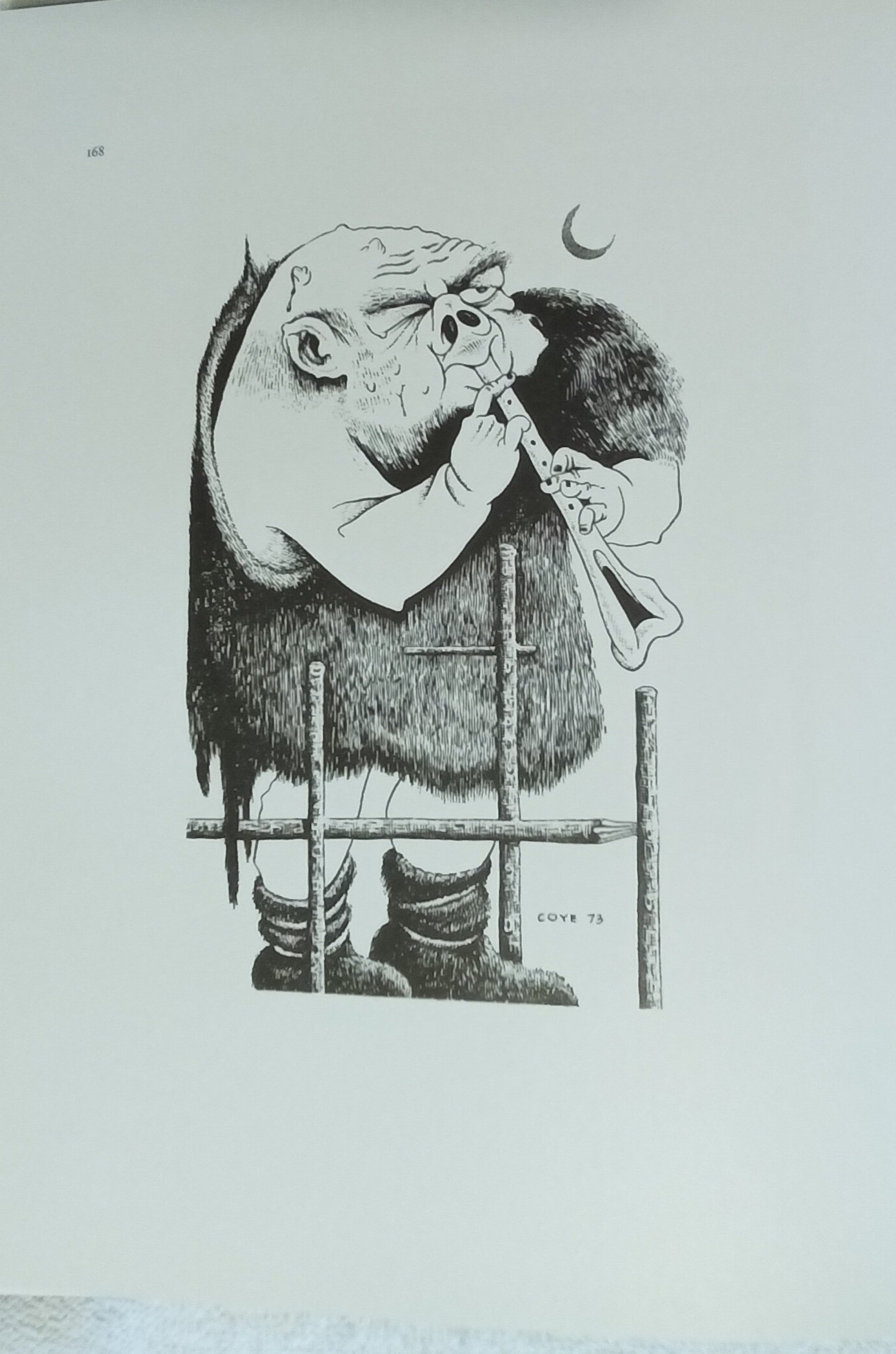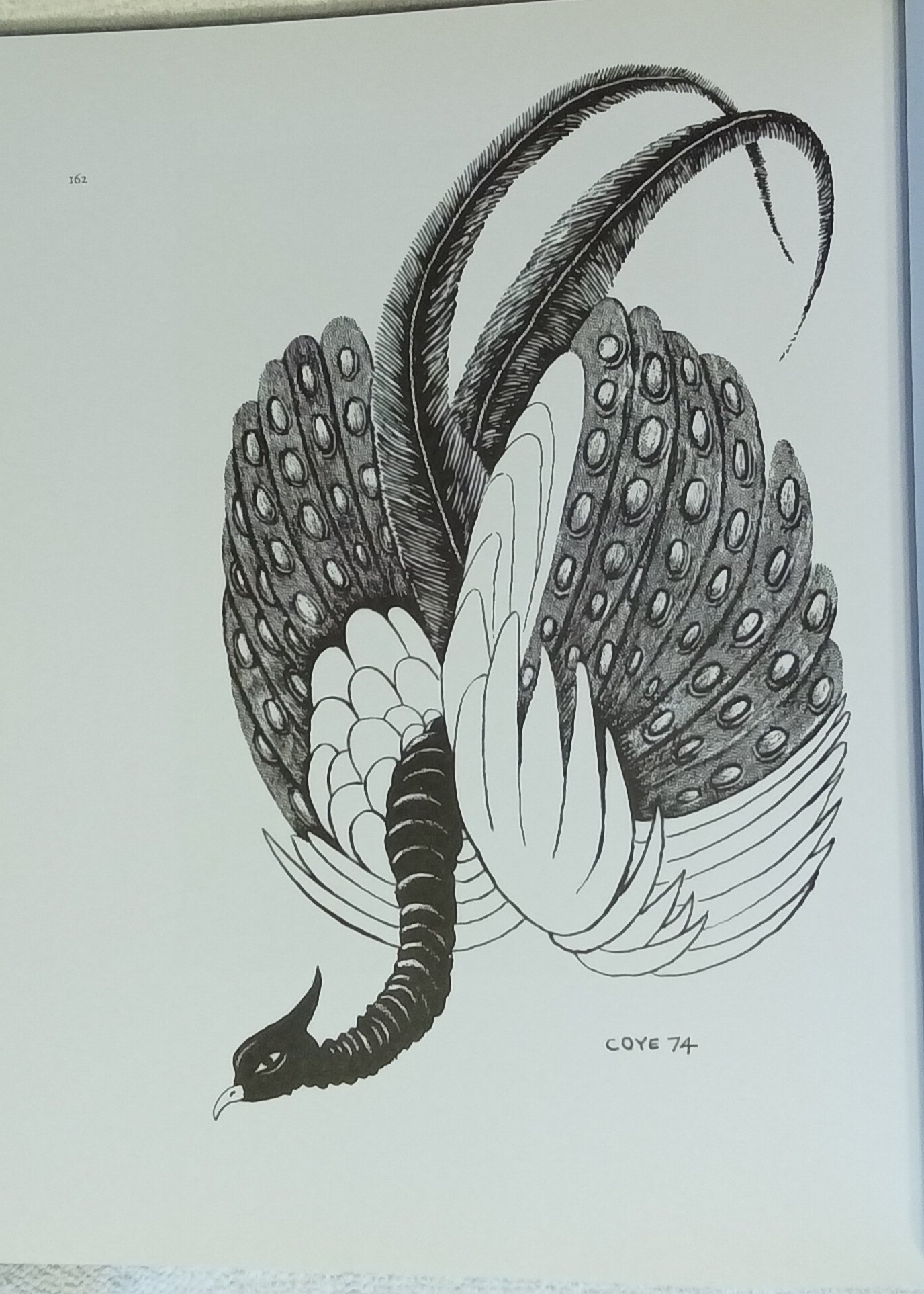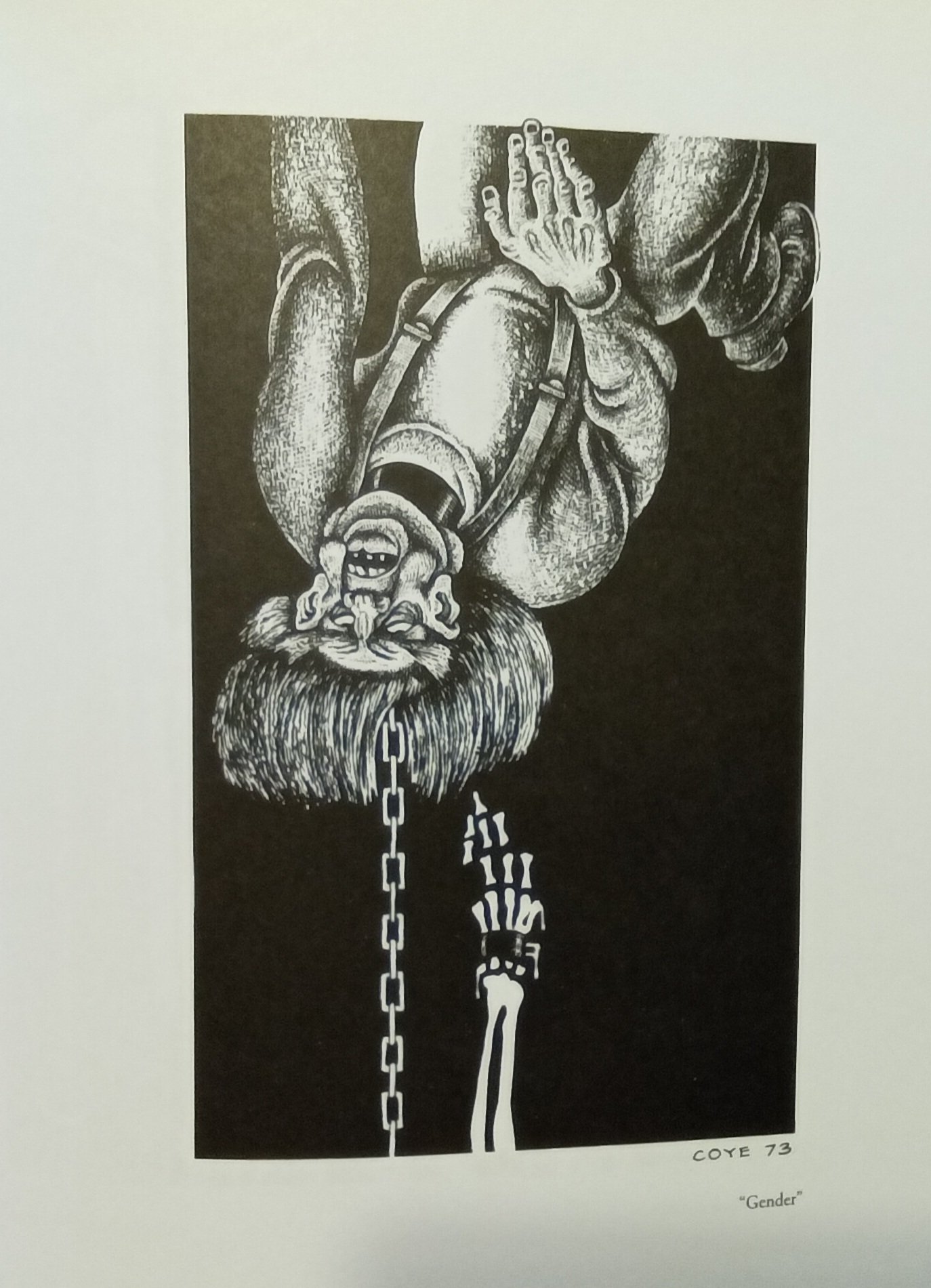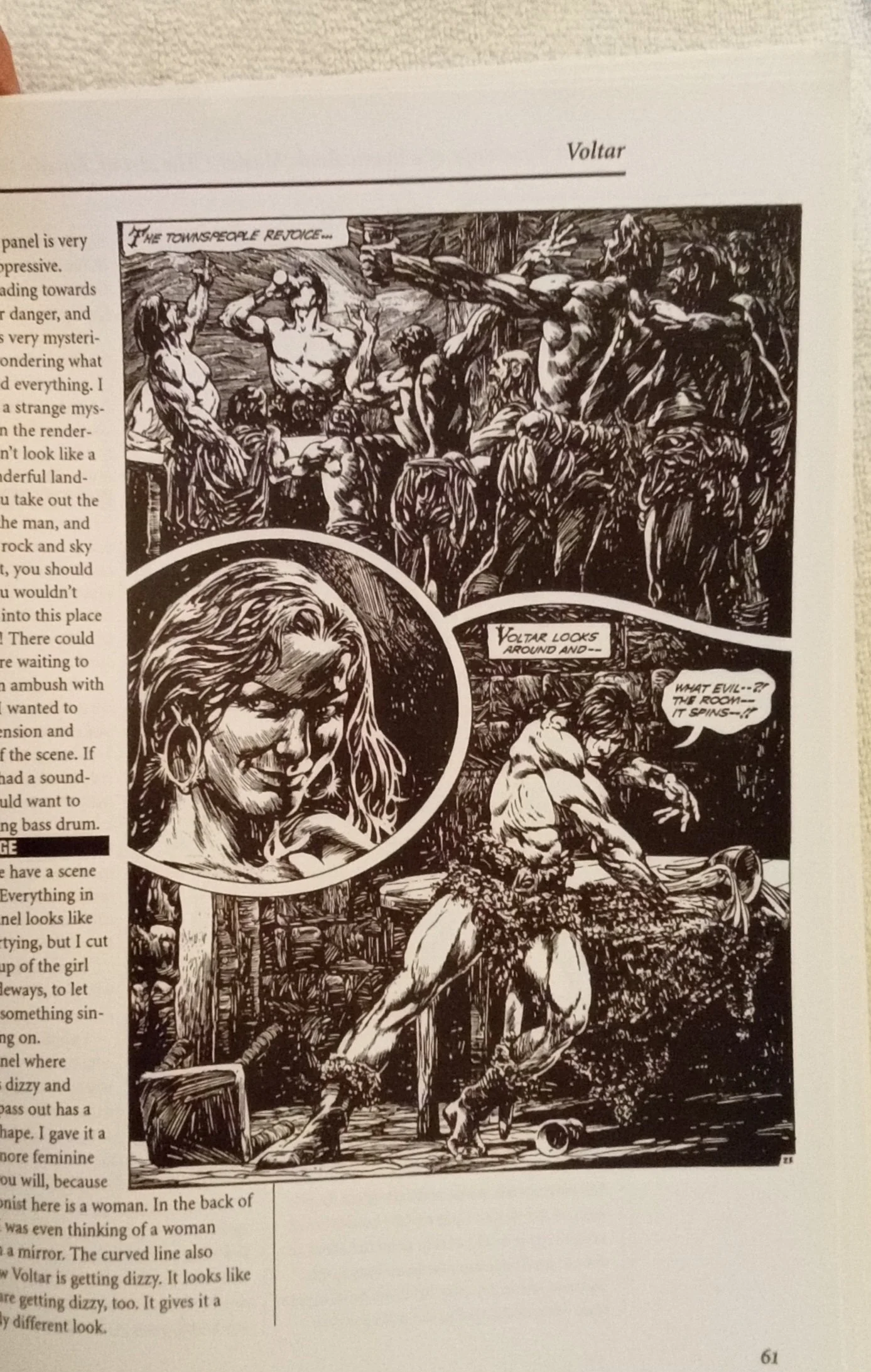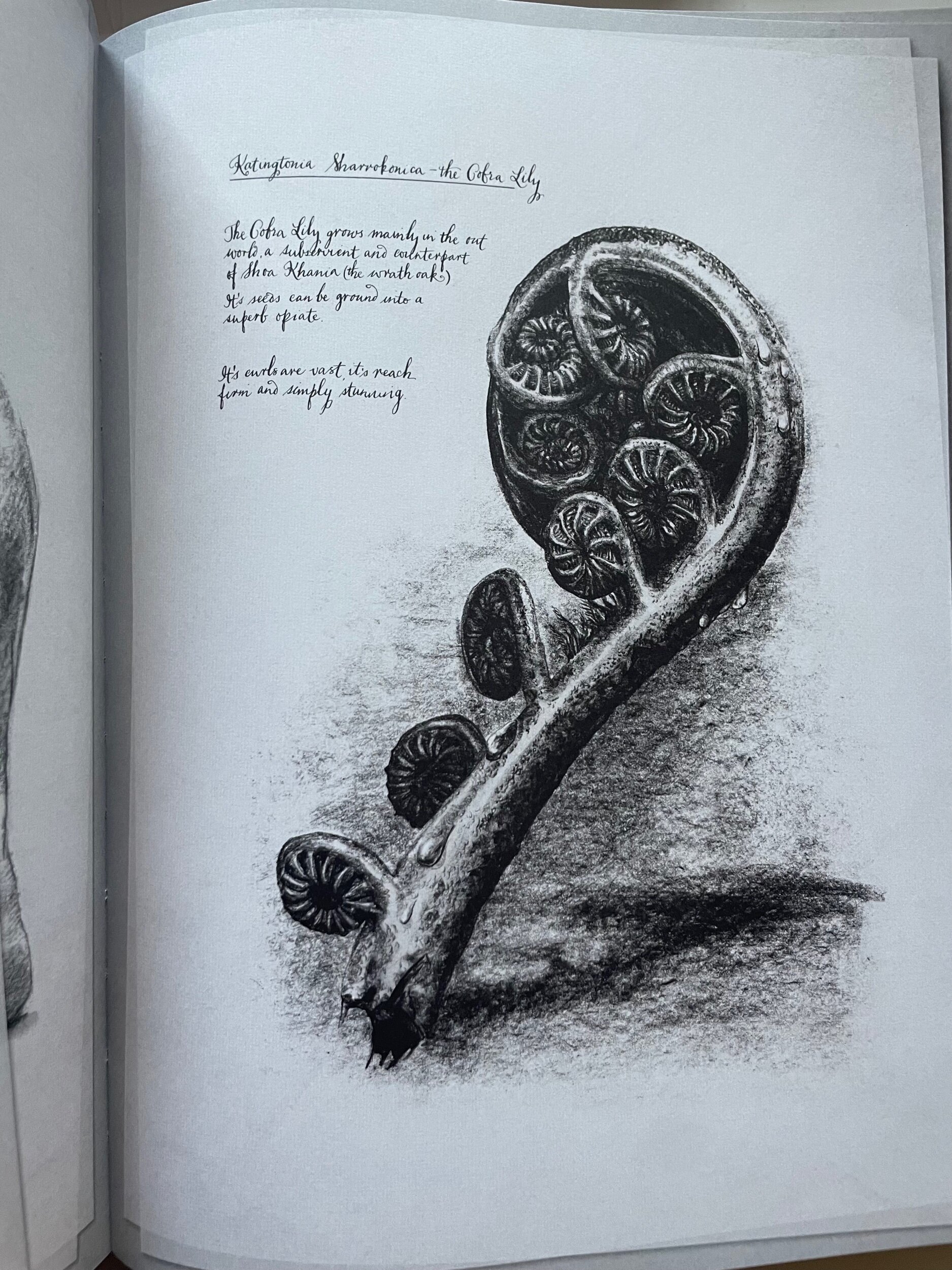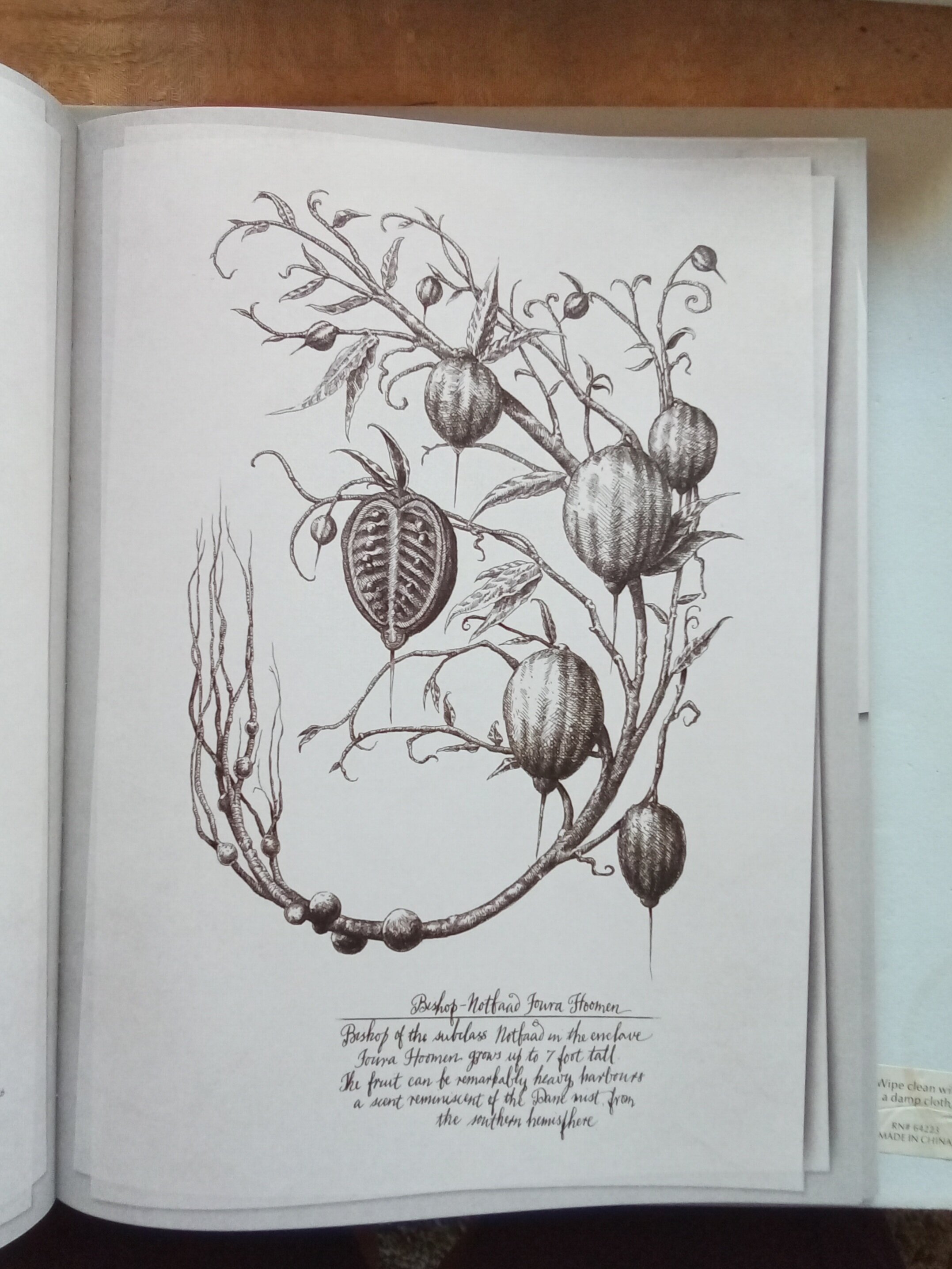Pulp Macabre: The Art of Lee Brown Coye's Final and Darkest Era Hardcover
"There was never an artist who came close to capturing horror and dread like Lee Brown Coye. He was master of the weird and grotesque illustration. Coye's sketches had the shape of nightmares."—Robert Weinberg, The Weird Tales Story
220 pages, Hardcover
"It was always my belief that a good drawing was a good drawing, whether it was in the archives of the Metropolitain Museum or in a pulp magazine."— Lee Brown Coye
No other artist working in mid-century pulp fiction created work as twisted as Lee Brown Coye. By the 1970s, after surviving a life-threatening illness, Coye would outdo himself, creating lurid illustrations exclusive to rare privately published books and fanzines. With nearly one hundred gloriously rendered Coye-penned images, Pulp Macabre showcases Coye's final and darkest era, containing some of the most passionately ghoulish artwork ever made.
"There was never an artist who came close to capturing horror and dread like Lee Brown Coye. He was master of the weird and grotesque illustration. Coye's sketches had the shape of nightmares."—Robert Weinberg, The Weird Tales Story
220 pages, Hardcover
"It was always my belief that a good drawing was a good drawing, whether it was in the archives of the Metropolitain Museum or in a pulp magazine."— Lee Brown Coye
No other artist working in mid-century pulp fiction created work as twisted as Lee Brown Coye. By the 1970s, after surviving a life-threatening illness, Coye would outdo himself, creating lurid illustrations exclusive to rare privately published books and fanzines. With nearly one hundred gloriously rendered Coye-penned images, Pulp Macabre showcases Coye's final and darkest era, containing some of the most passionately ghoulish artwork ever made.
"There was never an artist who came close to capturing horror and dread like Lee Brown Coye. He was master of the weird and grotesque illustration. Coye's sketches had the shape of nightmares."—Robert Weinberg, The Weird Tales Story
220 pages, Hardcover
"It was always my belief that a good drawing was a good drawing, whether it was in the archives of the Metropolitain Museum or in a pulp magazine."— Lee Brown Coye
No other artist working in mid-century pulp fiction created work as twisted as Lee Brown Coye. By the 1970s, after surviving a life-threatening illness, Coye would outdo himself, creating lurid illustrations exclusive to rare privately published books and fanzines. With nearly one hundred gloriously rendered Coye-penned images, Pulp Macabre showcases Coye's final and darkest era, containing some of the most passionately ghoulish artwork ever made.





















